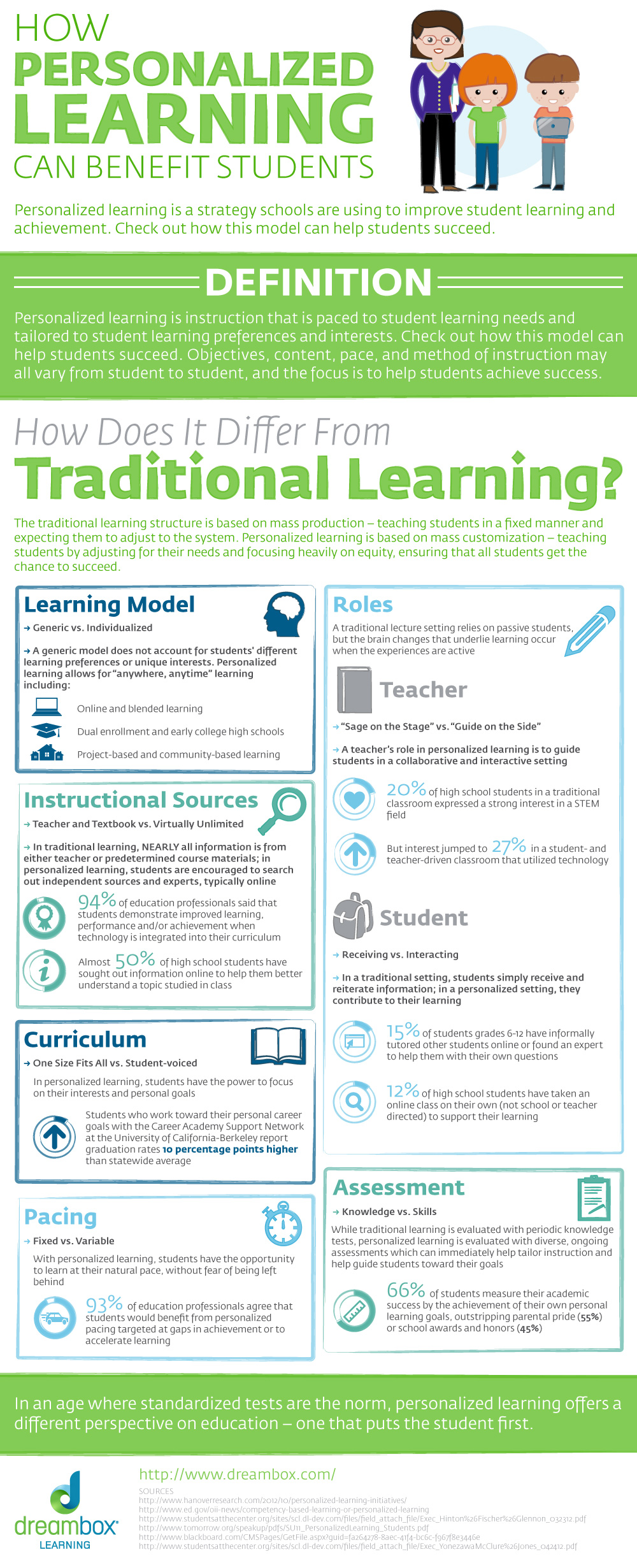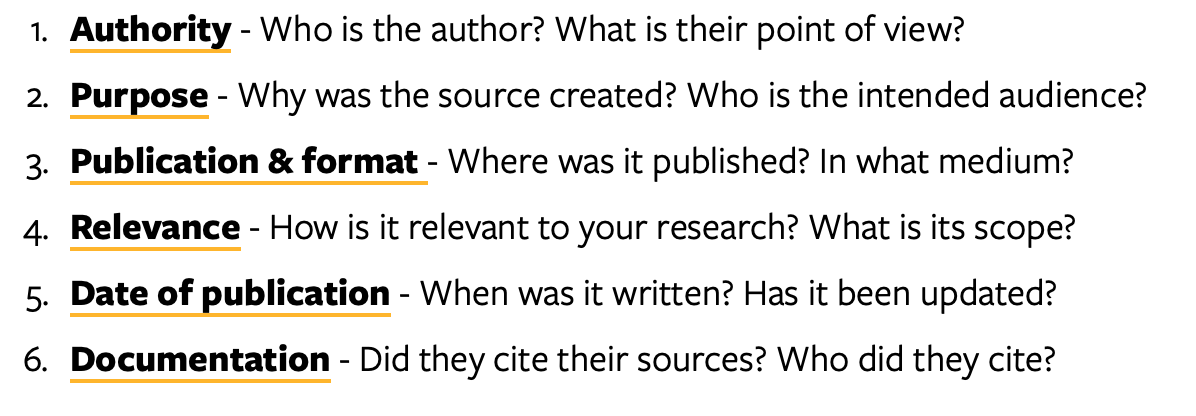 Diverse personalized needs were more difficult to support during the remote learning period as this was uncharted territory for educators. In the classroom, teachers have been fostering personalized learning to ensure we are providing equal access to all students. During remote learning, this became a challenge without face-to-face interaction, educational assistants, and in-class resources. We hope this page can be a starting place of gathered resources where educators can come to when trying to support the following students during remote learning:
Diverse personalized needs were more difficult to support during the remote learning period as this was uncharted territory for educators. In the classroom, teachers have been fostering personalized learning to ensure we are providing equal access to all students. During remote learning, this became a challenge without face-to-face interaction, educational assistants, and in-class resources. We hope this page can be a starting place of gathered resources where educators can come to when trying to support the following students during remote learning:
- English Language Learners (ELL)
- Literacy support learners
- Math support learners
- Students with special needs
- Students with visual or hearing disabilities
 According to the British Columbia Ministry of Education Curriculum Overview (2016), ‘personalized learning acknowledges that not all students learn successfully at the same rate, in the same learning environment, and in the same ways’. As teachers, found ways to try to support all learners in our classrooms. However, the recent time of remote learning made it more difficult to do so. Teachers were often unfamiliar with the online learning landscape, and because of the ‘emergency’ nature of the response, there was not much time to explore ways to do so.
According to the British Columbia Ministry of Education Curriculum Overview (2016), ‘personalized learning acknowledges that not all students learn successfully at the same rate, in the same learning environment, and in the same ways’. As teachers, found ways to try to support all learners in our classrooms. However, the recent time of remote learning made it more difficult to do so. Teachers were often unfamiliar with the online learning landscape, and because of the ‘emergency’ nature of the response, there was not much time to explore ways to do so.
Now that we have had time to process and reflect, we can consider new ways to set up our learning environments (in person and online) in order to support all learners in a more effective way. Personalized learning is a great way to do this. It “focuses on enhancing student engagement in learning and giving students choices – more of a say in what and how they learn – leading to lifelong, self-directed learning” (2016). As you move into Fall 2020, we have included some things to consider as ways to create a more personalized learning environment.
British Columbia Ministry of Education. (2016). Curriculum Overview. Retrieved from
We found a vast range of resources through searching social media, blogs, and recent research on personalization in classrooms. Most of our resources stem from educational boards, organizations, or foundations which are written by highly educated staff or experts on the subject. Others are written by teachers for teachers through blog posts or resource sharing. We also found many posts through social media and were able to learn more about the authors through their social media pages. As we work towards narrowing down what are the most useful to support our learning outcomes, we found the following resources to support the personalization of diverse populations. To support our findings, we will use the Berkley Library Evaluating Resource Tool to ensure the following.
Personalization Resource(s) Evaluation
While looking for resources, we were also confronted with the issue of accessibility and how these sources will be best used by teachers and students. We hope to continue this journey while creating our post by using the most accessible design and layout to support all accommodations. The remote learning period brought on new challenges to navigate. As the weeks went on, educators became more adaptable and adopted new learning management systems, assessment procedures, and teaching practices. As we move into another unknown in the fall, we hope this page can become a place of specific targets Educators can use to personalize and support specific needs in their diverse classroom.
Additional Resources and Research:
| Three Tips for Personalizing in a Pandemic by Paul Emerich France | |
| Personalized Instruction to Address COVID-19 Learning Gaps by the Institute of Educational Sciences (Part of the US Department of Education) | |
| Personalized Learning and Mathematics Teaching and Learning | |
| A Special Education Teacher Explains Why Virtual Learning is so Hard on Her Students | |
| Imagine Education Research Group through SFU | |
| Basham, J.D., Hall, T.E., Carter, R.A., & Stahl, W.M. (2016). An Operationalized Understanding of Personalized Learning. Journal of Special Education Technology, 31(3), 126-136. https://doi.org/10.1177/0162643416660835 | |
| Redding, S. (2013). Through the Student’s Eyes: A perspective on personalized Learning and Practice Guide for Teachers. Center on Innovations in Learning. https://files.eric.ed.gov/fulltext/ED558042.pdf | |
| Pane, J.F., Steiner, E.D., Baird, M.D., & Hamilton, L.S. (2015). Continued Progress: Promising Evidence on Personalized Learning. RAND Corporation. (CORPORATE) |







Recent Comments